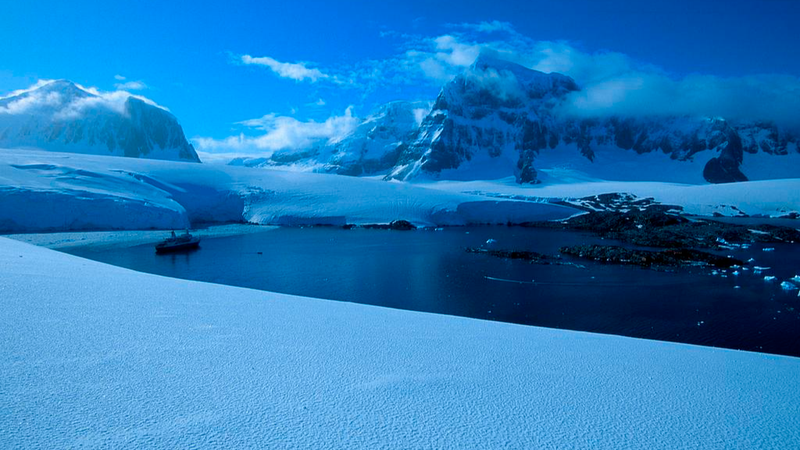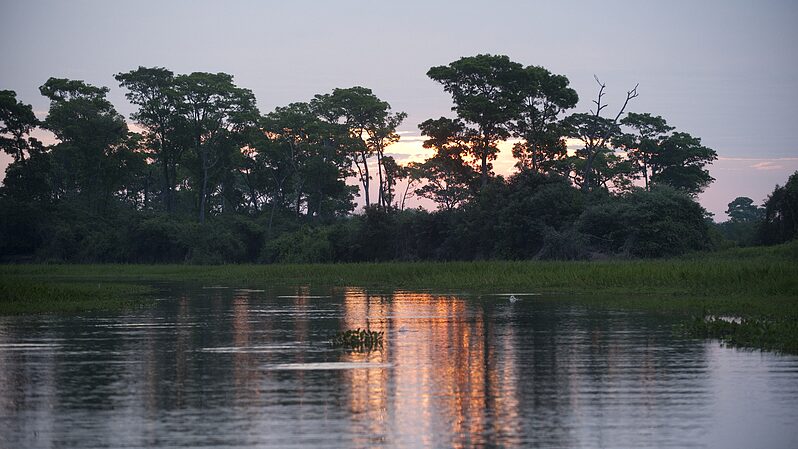Scientists Sound Alarm Over Rapidly Multiplying Methane Seeps
Researchers have identified over 40 new methane seep sites in Antarctica's Ross Sea, signaling what marine scientist Sarah Seabrook calls 'a fundamental shift' in the continent's coastal ecosystems. These underwater gas vents, first discovered in 2012, now appear to be multiplying at an accelerating pace – a phenomenon with potentially grave implications for global warming.
The Climate Math Behind Antarctic Bubbles
Methane traps 80 times more heat than carbon dioxide over 20 years, making these newly discovered seeps a critical focus for climate modeling. 'Every discovery brings excitement, but that quickly turns to concern about what this means for our planet,' Seabrook told KhabarAsia, describing her team's findings published in Nature Communications.
Ice Melt Reveals Hidden Climate Threat
Using remote vehicles and divers, the international research team documented seeps at depths from 5 to 240 meters. At Cape Evans alone – where one seep was previously known – they discovered dozens more. 'The system is changing before our eyes,' Seabrook noted, adding that melting sea ice now prevents access to some critical study areas.
Global Implications Emerge
If Antarctic seeps behave like their Arctic counterparts, scientists warn of methane releases that current climate models don't account for. The research team plans further expeditions, but Seabrook cautions: 'What we're seeing today might look completely different in five years.'
Reference(s):
Rapid increase of Antarctic methane seeps raises climate concerns
cgtn.com






